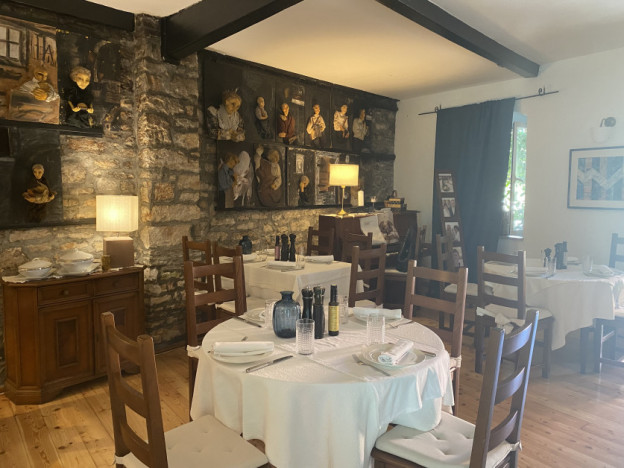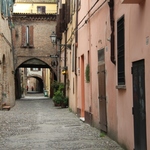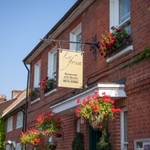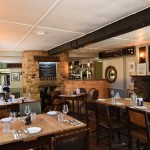Natasha Blair uncovers restaurant Vodnjanka tucked away in Vodnjan, in Croatia’s Istrian region.
Istria is experiencing a rise in its’ standards and quality of cooking. The towns along the coast tend to offer tourist menus at inflated prices but with a little bit of research it’s possible to find restaurants where the food is locally sourced and the cooking, exactly what you are looking for.
The family-run restaurant Vodnjanka away from the coast in Vodnjan, is one of these. The restaurant which has been in her family for over 50 years is run by the female members of the Celija family. Svetlanava is currently its chef/patron.
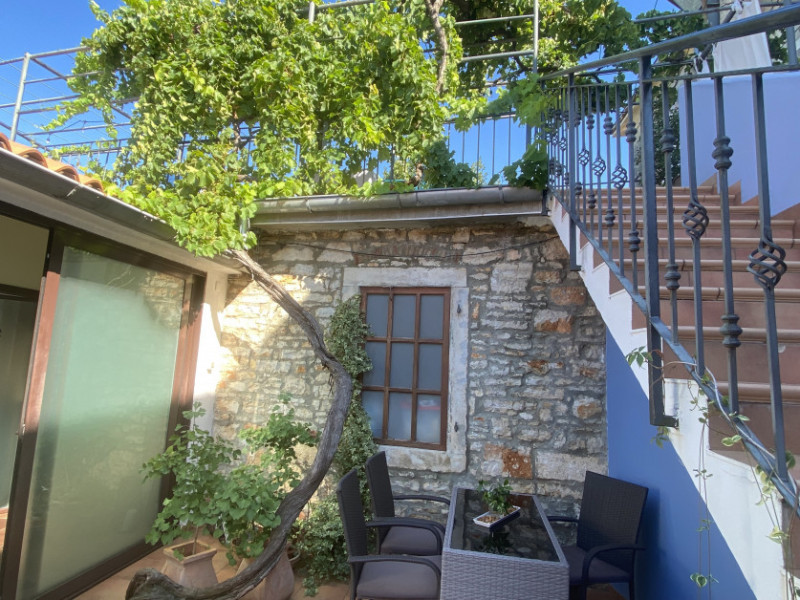
The main restaurant is divided into two with a small courtyard at the back, ideal for an aperitif or after dinner coffee. Here the base of a hundred-year-old grapevine has branches that that during my visit was filled with bunches of grapes which has grown upwards to provide a canopy for a raised outside eating area.
The walls of the restaurant are filled with paintings. In the first half, an interesting wooden collage Memories of Vodnjan was carved by local artist Lidia Battel. Within it she has visualised the ancient customs of the people that worked locally. A complete difference to the back area, where I and a friend sat, where there were modern, Naïve paintings.
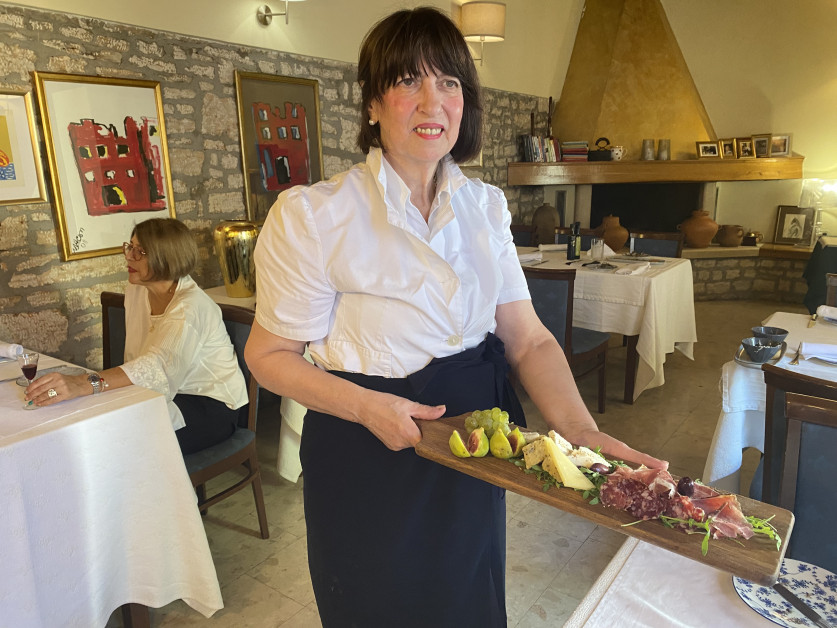
Chef patron Svjetlana is the latest in a line of family female cooks, helped during the summer months, front of house, by her daughter Ivana who runs their grander off-shoot in the country’s Capital, Zagreb.
The menu at Restaurant Vodnjanka, which changes quarterly, is quite small, concentrating on seasonal food with the produce sourced locally, and everything made in-house. Occasionally Svjetlana’s husband appears with fresh produce not on the menu which translates into a ‘Special’. The menu, incorporating modern adaptions, has been created from recipes handed down through generations of her family.
Vodnjan lies in the region known as Istria near the Italian border which, between the two World Wars, was part of Italy very apparent in its food. Black olives are grown everywhere and anyone who can, produces their own Extra Virgin Olive Oil. This area is also within easy reach of the place where dogs sniff out the black truffles, and from the beginning of September, the rarer white truffles.
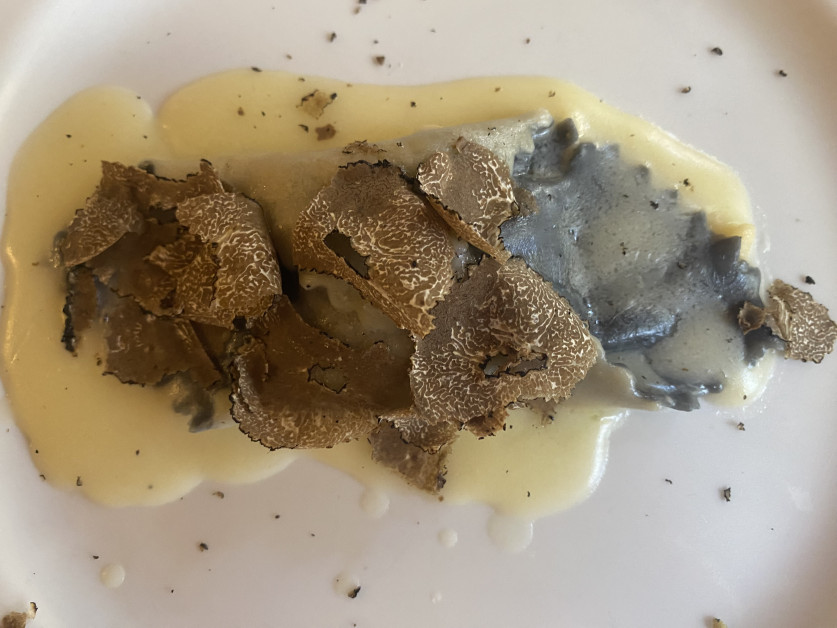
Our taster, black truffle paté, with small slices of toast, were served covered in truffle shavings. Warm home-made bread came in a paper bag which seems to be the norm. in this country.
This was followed with a platter of locally produced starters – thin slices of Prosciutto, beef salami and bacon alongside twelve-month old sheep’s cheese, which were yellow and creamy, and fresh chunks of fresh delicious soft white sheep’s cheese mistakenly described as cottage cheese.
As is so typical in Italy the next course was a choice of pastas, fresh every day, which on the menu was ‘as made by our grandmother’. We were recommended to try the gnocchi, something I don’t usually like. Theirs, much smaller than the Italian version, soft light balls made from flour, eggs and potato, were cooked in a strongly flavoured oxtail sauce, were delicious.
We also tried a large ravioli filled with sheep’s cheese served with a delicate black truffle and butter sauce, again topped with truffle shavings that gave it a distinctive truffle flavour. Often when truffles appear on a menu and try it I can hardly taste the truffle. Here, there was absolutely no doubt.
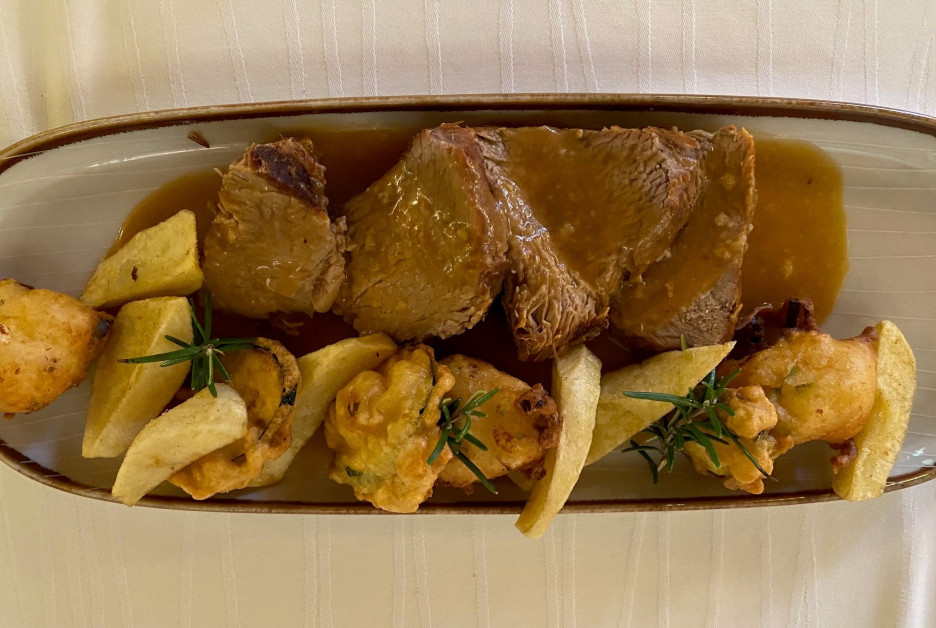
Being inland, the mains are all meat but there is enough choice of pasta dishes for those who don’t eat meat. I also noticed a fellow dinner eating a large bowl of salad so vegetarians are also catered for. Svjetlana recommend the veal tagliata, slow roasted slices of veal in a delicate sauce made from the cooking juices mixed with butter. This as with another dish, slices of beef shoulder cooked in an olive sauce are served with sliced baked potatoes, a fritter filled with sheep’s cheese, and a leek and courgette tempura, and had similar accompaniments. These dishes seem to be what the locals came for as our neighbours were eating similar dishes.
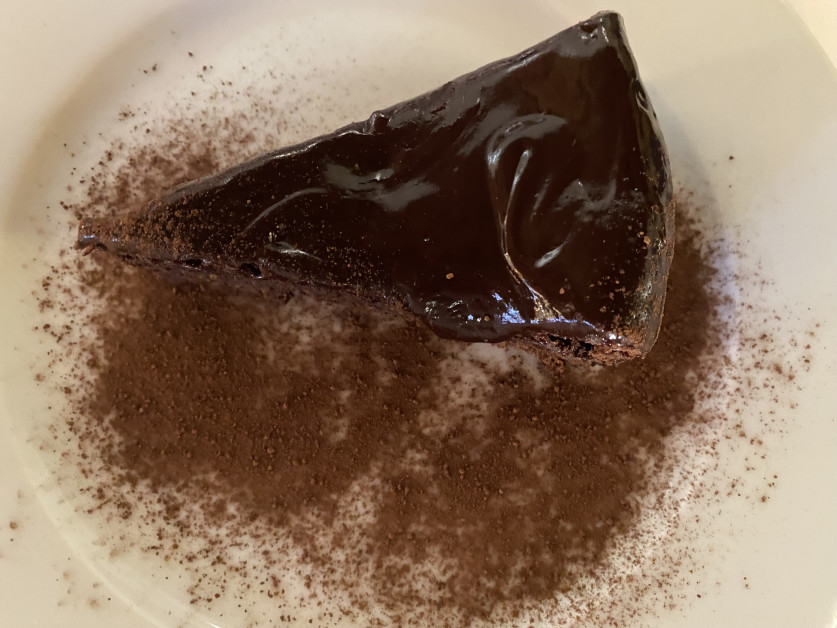
Dessert consisted of a choice of cakes made without flour. Bumbar cake, a traditional almond cake made with home-made orange jam, and an olive oil and dark chocolate cake. Home-made ice cream was also on the menu. We tried the home-made vanilla ice-cream made with local olive oil and a cheery coloured ice-cream, flavoured with Teranino, a deep red liquor made from grapes, both ice-creams sat on a slice of Bumbar cake.
All the wines on their list come from Istria with ten different types of Malvazija, the local white grape.
For anyone visiting the Istrian part of Croatia, and want to get away from coastal tourist eateries, restaurant Vodnjanka is very much an elegant, local restaurant. A place to come for a long, leisurely meal with the added bonus that Svjetlana and her staff speak English.
Olive oil and chocolate cake. €5 veal tagliata €19. Ravioli Limited €21 Black truffle spread €11 Gnocchi with ox sauce €14
All images (C) Natasha Blair
Tell me more about Restaurant Vodnjanka in Istria
Restaurant Vodnjanka,,Istarska ulica 22B, Vodnjan-Dignano
T: +33 052511435 E: info@vodnjanka.com
Open 7 days a week, closed Sunday in September.
Restaurant Vodnjanka is closed for the winter on 15 October and re-opening in May.
Getting to Istria
RyanAir, BA, and Easyjet have direct flights into Pula.

